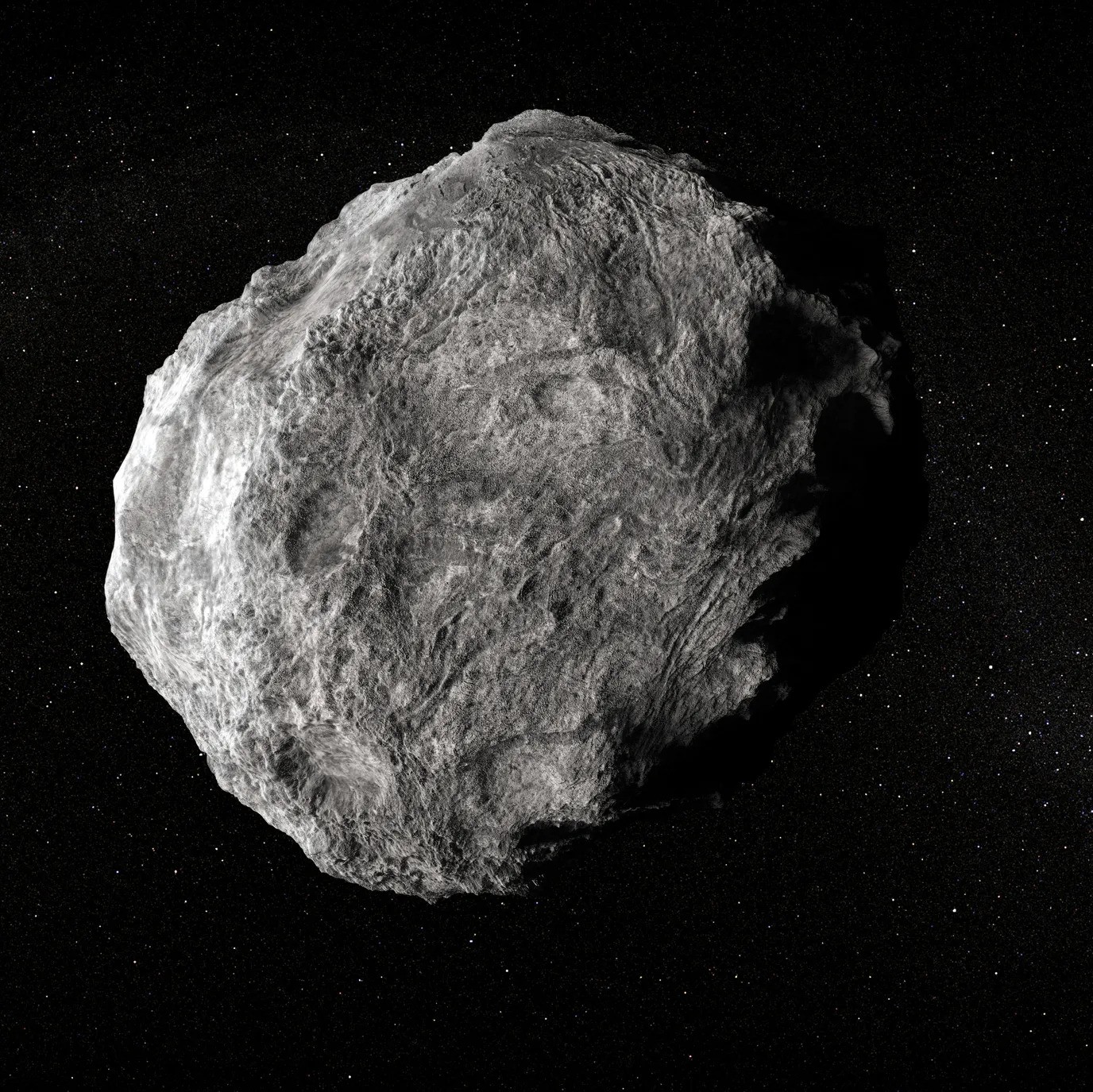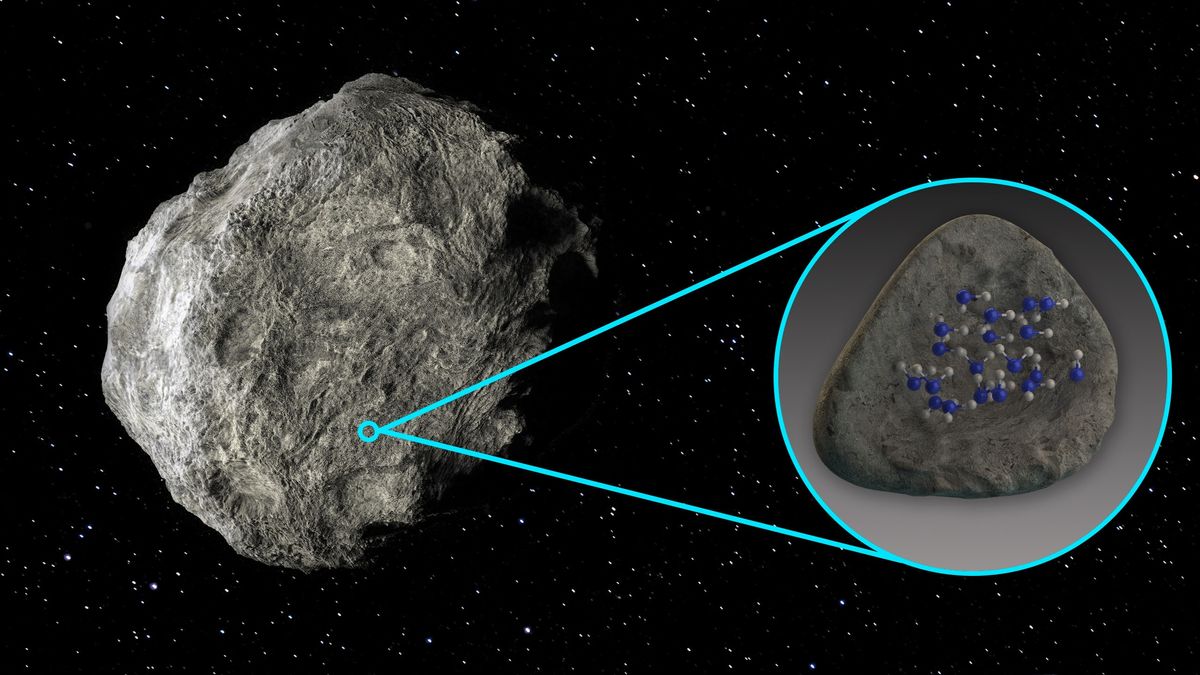Water Discovered On The Surface Of An Asteroid For The First Time Ever
Water discovered on the surface of an asteroid for the first time ever. This discovery offers valuable insights into the distribution of water within our solar system.
Author:Karan EmeryReviewer:Daniel JamesFeb 16, 202419.9K Shares266.3K Views

Water discovered on the surface of an asteroid for the first time ever. This discovery offers valuable insights into the distribution of water within our solar system.
The study focused on four silicate-rich asteroids and utilized data collected by the retired Stratospheric Observatory for Infrared Astronomy (SOFIA), a telescope-equipped aircraft jointly operated by NASA and the German Aerospace Center.
Using SOFIA's Faint Object InfraRed Camera (FORCAST) instrument, scientists observed a distinct wavelength of light on two of the asteroids, named Iris and Massalia. This signature indicated the presence of water molecules on the surface, marking a significant advancement in our understanding of celestial bodies.
"Asteroids are leftovers from the planetary formation process, so their compositions vary depending on where they formed in the solar nebula," study lead author Anicia Arredondo, of the Southwest Research Institute in San Antonio, said in a statement. "Of particular interest is the distribution of water on asteroids, because that can shed light on how water was delivered to Earth."
Although water molecules have been identified in asteroid samples brought back to Earth before, this marks the initial instance of detecting water molecules on the surface of an asteroid in space. In an earlier investigation, SOFIA also discovered comparable traces of water on the moon's surface, specifically within one of its largest craters located in the southern hemisphere.
“„We detected a feature that is unambiguously attributed to molecular water on the asteroids Iris and Massalia. We based our research on the success of the team that found molecular water on the sunlit surface of the moon. We thought we could use SOFIA to find this spectral signature on other bodies.- Anicia Arredondo
SOFIA's observations of the moon unveiled an amount of water roughly equivalent to a 12-ounce bottle trapped within a cubic meter of soil scattered across the lunar terrain. This water was found to be chemically bound to minerals. In a recent study conducted by scientists from SwRI, it was determined that the abundance of water present on the two asteroids resembled that observed on the moon. This water could also be bound to minerals, akin to the lunar surface, or adsorbed within silicate, according to the researchers.
The asteroids Iris and Massalia, with diameters of 124 miles (199 kilometers) and 84 miles (135 km) respectively, share similar orbits. They travel an average distance of 2.39 astronomical units (AU), which is equivalent to the distance between the sun and Earth.
"Anhydrous, or dry, silicate asteroids form close to the sun while icy materials coalesce farther out," according to the statement. That's because any water present on the surface of objects in the inner solar system was thought to evaporate from the heat of the sun. "Understanding the location of asteroids and their compositions tells us how materials in the solar nebula were distributed and have evolved since formation."
Hence, the discoveries made at Iris and Massalia imply that certain silicate asteroids can retain a portion of their water over extensive periods, potentially being more prevalent in the inner solar system than previously assumed. Indeed, asteroids are thought to serve as the primary reservoir of Earth's water, supplying the essential components for life as we understand it. Enhancing our comprehension of water distribution throughout space will aid researchers in more accurately pinpointing locations to explore other potential life forms, both within our solar system and beyond.

Karan Emery
Author
Karan Emery, an accomplished researcher and leader in health sciences, biotechnology, and pharmaceuticals, brings over two decades of experience to the table. Holding a Ph.D. in Pharmaceutical Sciences from Stanford University, Karan's credentials underscore her authority in the field.
With a track record of groundbreaking research and numerous peer-reviewed publications in prestigious journals, Karan's expertise is widely recognized in the scientific community.
Her writing style is characterized by its clarity and meticulous attention to detail, making complex scientific concepts accessible to a broad audience. Apart from her professional endeavors, Karan enjoys cooking, learning about different cultures and languages, watching documentaries, and visiting historical landmarks.
Committed to advancing knowledge and improving health outcomes, Karan Emery continues to make significant contributions to the fields of health, biotechnology, and pharmaceuticals.

Daniel James
Reviewer
Daniel James is a distinguished gerontologist, author, and professional coach known for his expertise in health and aging.
With degrees from Georgia Tech and UCLA, including a diploma in gerontology from the University of Boston, Daniel brings over 15 years of experience to his work.
His credentials also include a Professional Coaching Certification, enhancing his credibility in personal development and well-being.
In his free time, Daniel is an avid runner and tennis player, passionate about fitness, wellness, and staying active.
His commitment to improving lives through health education and coaching reflects his passion and dedication in both professional and personal endeavors.
Latest Articles
Popular Articles
